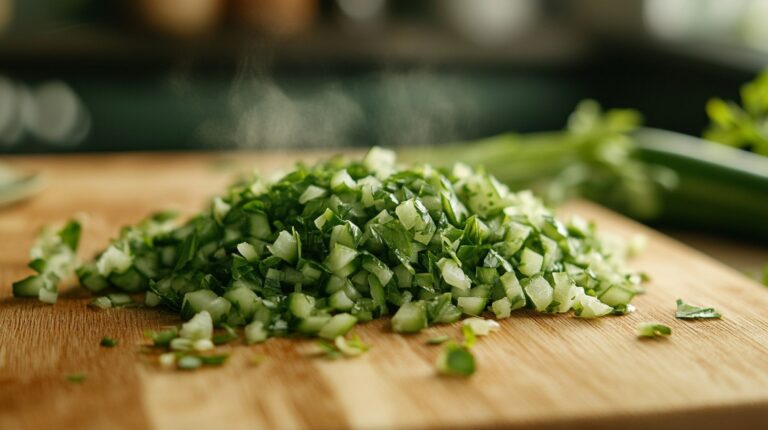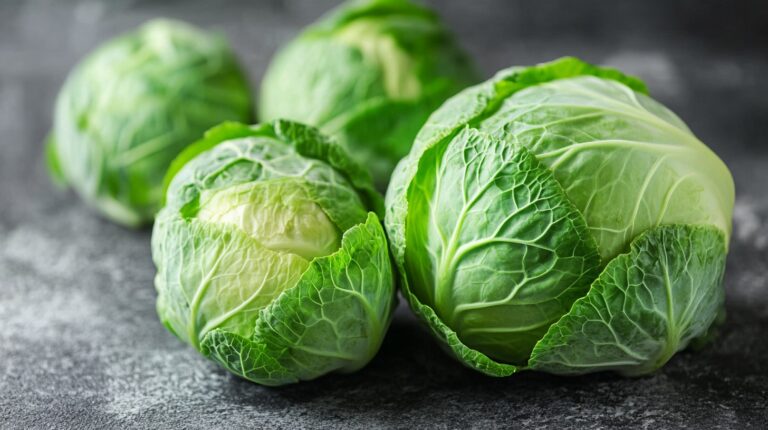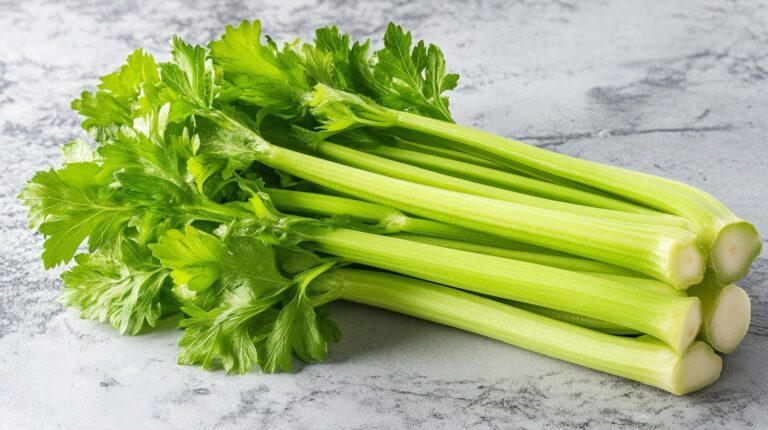Foraging for food is an age-old practice that recently witnessed a rise in popularity.
It not only provides a direct connection to nature but also offers a bounty of flavors and nutritional benefits that are often absent from commercially produced foods.
If you are new to this method, you are in the place to be since we will discuss it in greater detail.
Elderflower

Elderflower is a versatile foraged ingredient that can add a floral and slightly sweet flavor to various dishes and beverages.
The flowers are most commonly used to make elderflower cordial, a refreshing drink that can be enjoyed on its own or used as a mixer in cocktails.
To make elderflower cordial, you steep the flowers in a mixture of water, sugar, and lemon juice, then strain and bottle the liquid. The flowers can also be used to make fritters.
To prepare elderflower fritters:
- Dip the flower heads in a light batter made from flour, eggs, and sparkling water.
- Fry until golden brown.
- Serve with a dusting of powdered sugar or a drizzle of honey.
Elderflower buds can be pickled to create capers, which add a tangy burst of flavor to salads and pasta dishes. Elderberries, which appear later in the season, are perfect for making:
- Jams
- Syrups
- Desserts
The berries need to be cooked to neutralize their toxins, but once prepared, they offer a rich, dark flavor that complements many sweet dishes.
Sow Thistle
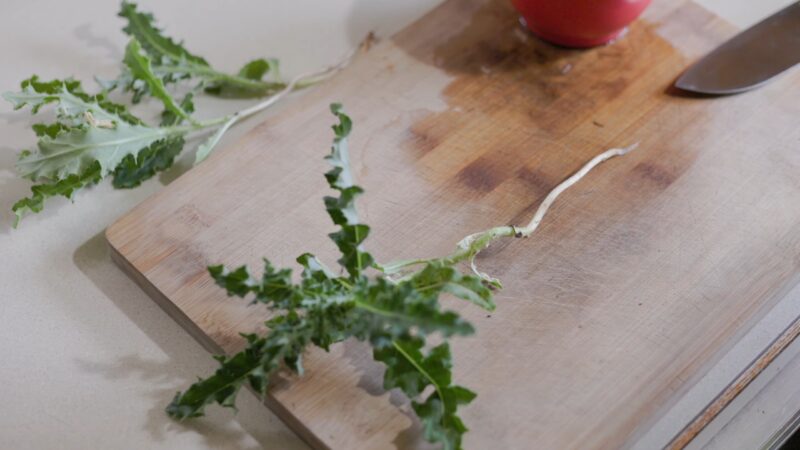
Sow thistle, often considered a weed, is an excellent source of free food with various culinary applications.
The flowers can be turned into delicious fritters by following these steps:
- Remove any green parts from the flowers.
- Dip them in a batter made from flour, water, and a pinch of salt.
- Fry until crisp and golden.
The stems of sow thistle can be harvested and steamed similarly to asparagus. Simply peel the tough outer layer, cut it into manageable lengths, and steam until tender.
These stems can be served with a drizzle of olive oil and a squeeze of lemon juice for a simple yet satisfying side dish.
Young leaves can be eaten raw in salads or cooked like spinach. They have a slightly bitter taste that works well when balanced with sweet or acidic ingredients.
Sow thistle is highly nutritious, providing a good source of vitamins A and C, as well as minerals like calcium and potassium.
Dock Leaf
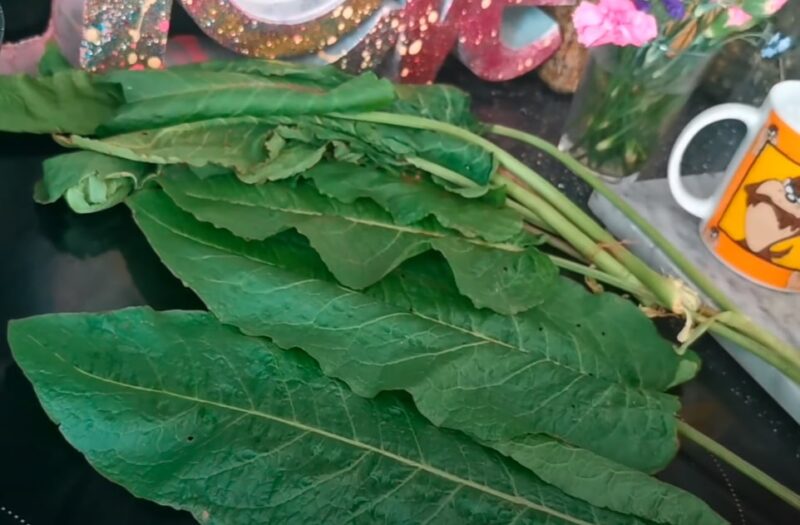
Dock leaf is a foraged green that is similar in nutrition to kale and can be used in various ways in the kitchen.
One popular preparation is to use dock leaves to make dolmades, a traditional Mediterranean dish.
To prepare dock leaf dolmades:
- Blanch the leaves in boiling water to soften.
- Prepare a filling with rice, herbs, and spices.
- Wrap the filling in the dock leaves and steam until cooked through.
Dock leaves can also be made into chips.
To make dock leaf chips:
- Toss the leaves in olive oil, salt, and lemon juice.
- Spread them on a baking sheet.
- Bake at a low temperature until crisp.
These chips make a healthy and delicious snack, rich in vitamins and minerals.
Dock leaves can also be added to soups and stews or used as a wrap for various fillings, providing a nutritious alternative to more conventional greens.
Wild Fennel
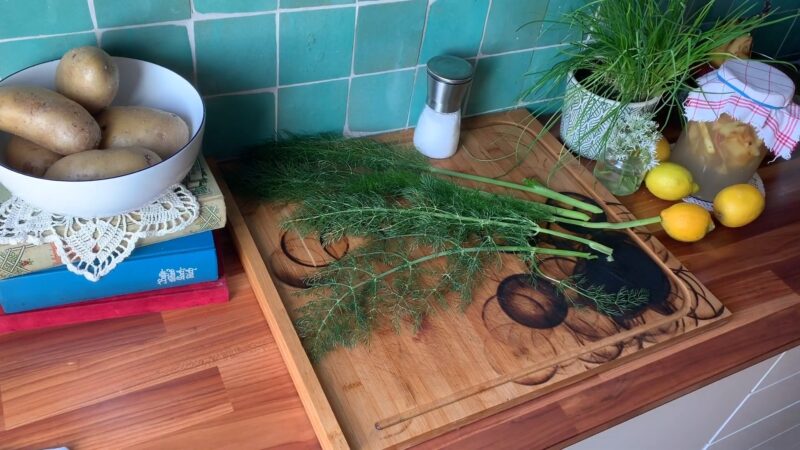
Wild fennel is a highly aromatic plant with edible bulbs, fronds, and seeds, making it a versatile addition to many dishes. The fronds can be used fresh in salads, adding a subtle licorice flavor. They also work well as a garnish for soups and stews. The bulbs are crunchy and sweet, perfect for roasting or adding to stir-fries.
To roast fennel bulbs:
- Slice the bulbs into wedges.
- Toss with olive oil, salt, and pepper.
- Roast in a preheated oven at 400°F (200°C) until tender and caramelized.
Wild fennel seeds are a fantastic seasoning for fish, meats, and baked goods.
They can be harvested by collecting the dried seed heads and storing the seeds in an airtight container. Ground fennel seeds can be used to enhance the flavor of sausages, bread, and cookies.
Wild fennel’s distinctive flavor profile makes it a valuable ingredient for adding depth to both sweet and savory dishes.
Dandelion

Dandelion is a highly nutritious plant with multiple edible parts, making it a valuable addition to foraged foods. The leaves can be used fresh in salads, where their slightly bitter taste pairs well with sweet and tangy dressings.
They can also be sautéed or steamed as a cooked green, similar to spinach or kale. Dandelion flowers are another versatile part of the plant. They can be battered and fried to make fritters, which are sweet and floral.
Additionally, the flowers can be used to make dandelion wine:
- Collect fresh dandelion flowers and remove any green parts.
- Boil the flowers with sugar and water, then strain and cool the liquid.
- Add yeast and allow the mixture to ferment.
The roots of the dandelion can be roasted to create a coffee substitute. To prepare dandelion root coffee:
- Dig up the roots and clean them thoroughly.
- Cut into small pieces and roast in an oven until dark and fragrant.
- Grind the roasted roots and brew like regular coffee.
Nettles

Nettles are best harvested in early spring when the young leaves are tender and packed with nutrients.
Despite their stinging reputation, they become safe to eat once cooked or dried.
Nettles can be used in a variety of dishes, such as:
- Soups
- Teas
- Spinach substitute
To make nettle soup:
- Sauté onions and garlic in a pot.
- Add washed nettle leaves and vegetable broth.
- Simmer until the nettles are tender, then blend until smooth.
Nettle tea is another simple preparation. Just steep dried nettle leaves in hot water for a few minutes.
The tea is rich in vitamins and minerals, providing a healthful boost. Nettles can also be used in pestos, replacing basil with a unique flavor.
Blanch the nettles to remove their sting, then blend with:
- Garlic
- Nuts
- Parmesan cheese
- Olive oil
The green pesto can be used with pasta, spread on bread or as a dip.
Wild Garlic
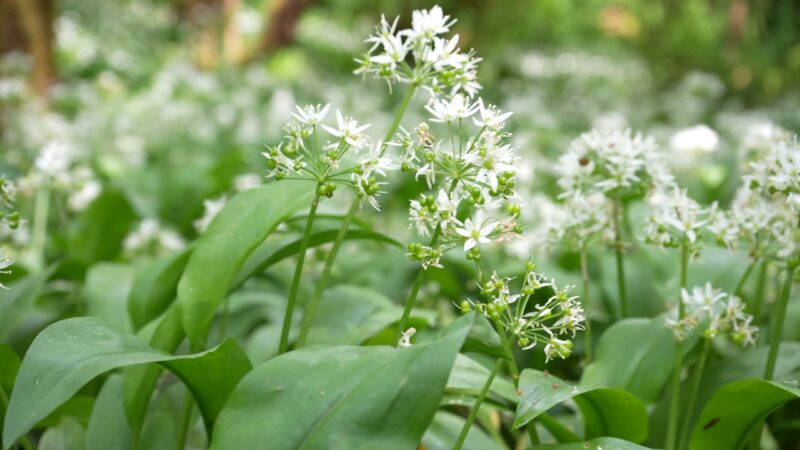
Wild garlic, also known as ramsons, is a flavorful plant that can be used in many ways in the kitchen.
The leaves are the most commonly used part and can be added to pestos, soups, and as a seasoning. Wild garlic leaves have a strong garlicky flavor that mellows when cooked.
To make wild garlic pesto:
- Blend wild garlic leaves with nuts, Parmesan cheese, and olive oil.
- Season with salt and lemon juice to taste.
This pesto can be used with pasta, as a sandwich spread, or as a dip. Wild garlic flowers can be eaten too and make a pretty addition to salads.
They have a milder garlic flavor and add a nice crunch. Wild garlic can also be used to infuse oils and vinegar, providing a garlicky base for dressings and marinades.
Simply add washed wild garlic leaves to a bottle of oil or vinegar and let it steep for a few weeks before using.
Blackberries
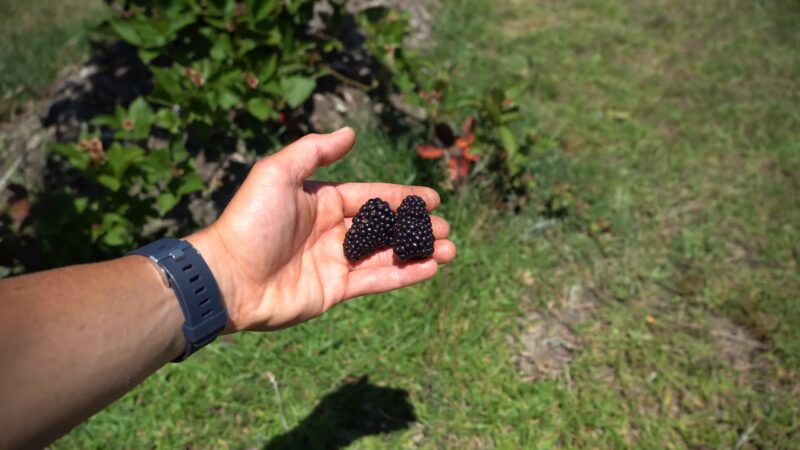
Blackberries are a popular and versatile foraged fruit, enjoyed for their sweet and slightly tart flavor.
They can be eaten fresh, made into jams, or used in a variety of desserts. Fresh blackberries are a delicious addition to breakfast cereals, yogurt, and salads.
To make blackberry jam:
- Combine blackberries with sugar and lemon juice in a pot.
- Cook over medium heat until the mixture thickens.
- Pour into sterilized jars and seal.
Blackberries can also be baked into pies, tarts, and crumbles. Their juicy texture and rich flavor make them a favorite in baked goods.
Blackberries also freeze well, allowing you to preserve their goodness for use throughout the year.
To freeze blackberries:
- Spread them in a single layer on a baking sheet.
- Once frozen, transfer to a freezer bag or container.
Frozen blackberries can be used in smoothies, sauces, and baked goods, maintaining their flavor and nutritional benefits.
Sweet Chestnuts

Sweet chestnuts are a nutritious and versatile foraged food, often associated with autumn.
They can be roasted, used in stuffing, or made into purees and desserts. Roasting chestnuts is a simple and popular preparation method.
To roast chestnuts:
- Cut a small cross on the flat side of each chestnut.
- Place them on a baking tray and roast in a preheated oven at 425°F (220°C) for about 20-30 minutes.
- Peel the shells while they are still warm.
Roasted chestnuts can be eaten as a snack or used in various recipes. They add a sweet, nutty flavor to stuffings, soups, and stews.
Chestnut puree is another delicious option, often used in desserts such as chestnut mousse, cakes, and pastries.
To make chestnut puree:
- Boil peeled chestnuts until soft.
- Blend with a little water or milk until smooth.
Sweet chestnuts are a delightful ingredient that can enhance both sweet and savory dishes, making them a valuable addition to your foraged food repertoire.



